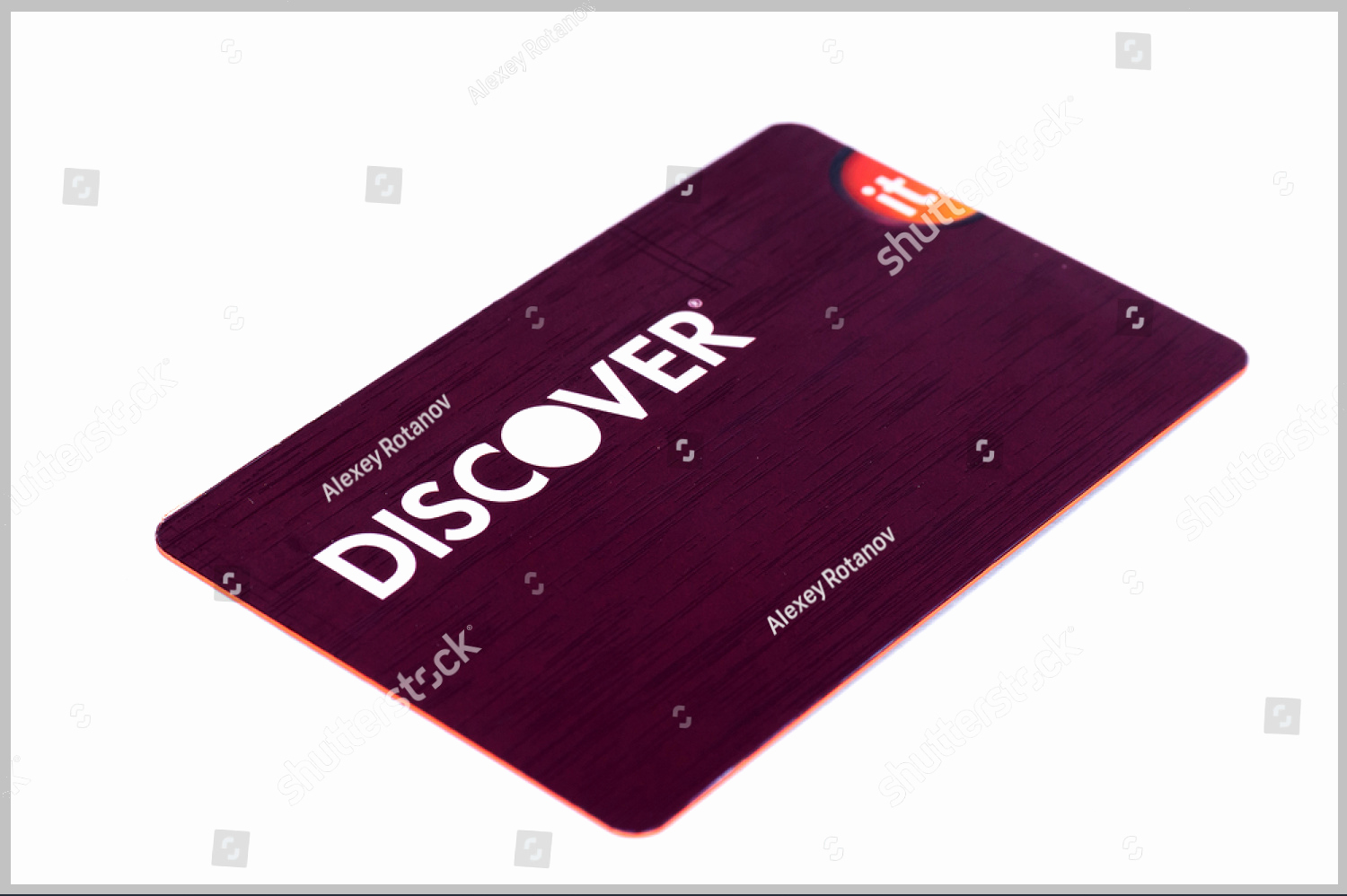
/discover-it-cash-back_blue-c296fd2b469141baae1bd74e5b0d7f83.jpg)
You’ll get access to the same 5% quarterly rotating categories (on your first $1,500 in purchases each quarter you enroll then 1%) and first year cash-back match, and for no additional cost you can get the logo of your favorite NHL team on the card. While that’s not a ton of money, if you’re a student it might be reason enough to pick the student version over the standard Discover it Cash Back card. For every school year that your GPA is 3.0 or higher (up to five years), you can receive a $20 statement credit as a good grade reward. One is the Discover it Student Cash Back, which has one additional perk worth mentioning. With no redemption minimums to worry about, you can cash out your rewards at any time and get that money working for you again.ĭiscover also offers two other versions of the Discover it card with identical earning structures. After that, the card earns 1% on all other purchases. If you max out the $1,500 bonus category each quarter, you’ll earn $300 on the year, though Discover will match the cash back you earn in your first year (so that’s $600 back). The current 2023 Q1 categories are grocery stores, drug stores and select streaming services. This card functions similarly to the popular Chase Freedom Flex in that it earns 5% back on your first $1,500 in purchases at rotating quarterly categories (upon enrollment). This makes any bonus categories twice as valuable for that first year. Instead of a fixed amount of points or money after spending a certain amount, Discover will match all your cash back or miles earned during your first 12 months of card membership.

This makes Discover a solid option for earning rewards at home and abroad without any type of financial commitment on your part.Īll the Discover it cards also offer a similar introductory offer. More often than not, cards without annual fees charge foreign transaction fees, while those with an annual fee don’t. None of the Discover it cards charge an annual fee or foreign transaction fees, which isn’t something you can always take for granted. Discover credit cardsīefore we talk about the differences between the various Discover it cards, let’s talk about their similarities. Unlike with other issuers, there doesn’t appear to be a minimum time your account must be open before you can product-change. You can also only have one student card.ĭiscover will also let you product-change to a different card, with the exception of the Discover it Miles card. As Doctor of Credit reports, you can have a maximum of two Discover cards, and your first account has to be open for at least a year before you can apply for a second. Whether it’s Chase’s 5/24 rule or Amex’s once-per-lifetime bonus policy, each card issuer has its own rules surrounding new applications, and Discover is no different. Having some cash-back rewards at your disposal can help you keep your out-of-pocket costs as low as possible when traveling.Įnroll each quarter to earn 5% back on your first $1,500 in purchases in rotating quarterly bonus categories, 1% on all other purchases.Ģ% back on your first $1,000 each quarter in combined purchases at gas stations and restaurants, 1% on all other purchases.
#DISCOVERY CREDIT CARD FREE#
No matter how hard we try to keep our travel free using points and miles, there will be some expenses that simply require cash including taxes (on award tickets, or resort fees at hotels), tours, food and drink and other expenses that your points can’t easily cover. Of course it doesn’t have to be one or the other - there’s room for both cards in a comprehensive award strategy. But if you’re looking for simplicity, cash back might be a better option.

If you’re willing to put time into studying airline award charts and learning the ins and outs of transferable points, you can get a much higher return on your spending pursuing those rewards, especially for long-haul premium cabin travel. The other fact is that miles take more effort to redeem well (and really at all), and your time is worth something, too. I’ll take 1 mile per dollar over 1% cash back any day, on just about every airline I fly with. The first is that, with few exceptions, miles are going to be worth more than the equivalent amount of cash back. When it comes to deciding between earning airline miles or cash back, there are two important facts to be aware of. Any time you apply for a new credit card, it’s important to understand how it fits into your broader strategy.


 0 kommentar(er)
0 kommentar(er)
